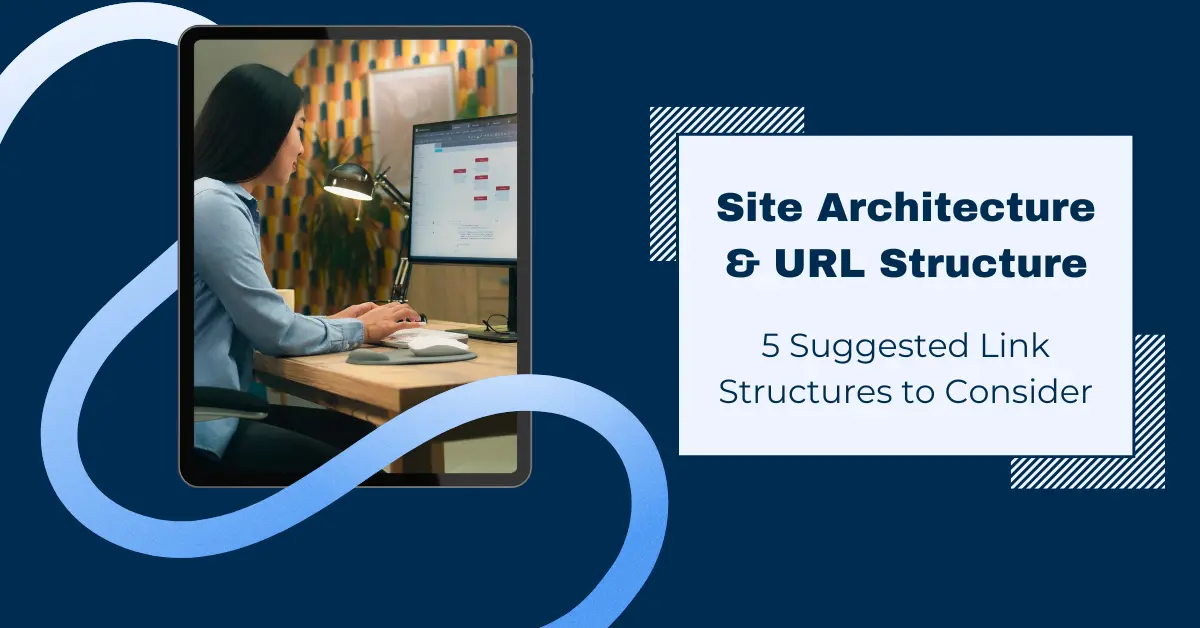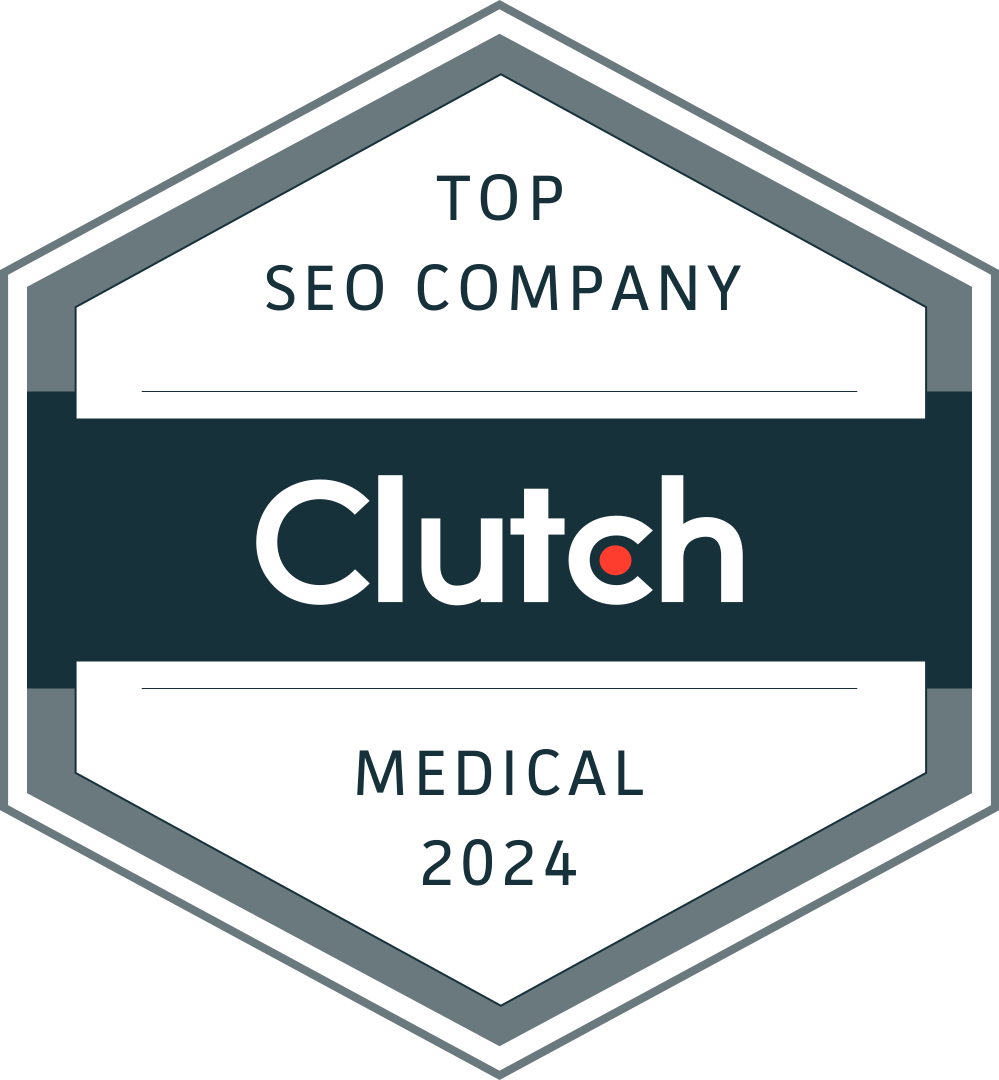Thoughtful site architecture and a strategic URL catalog are the pillars of programmatic SEO success, transforming your site into a navigational powerhouse that both users and search engines will love.
What is Site Architecture?
Site architecture refers to the way a website’s content is organized, structured, and linked internally. It involves the hierarchical arrangement of pages and the navigation system that allows users and search engines to access different parts of the site efficiently.
Here are some key aspects of site architecture as it relates to SEO:
- Organizing content from broad topics to specific subtopics
- Using descriptive, organized URLs
- Creating a network of links between related pages (interlinking)
- Providing easy access to important sections through navigation menus
- Offering a comprehensive guide to the site’s content via a sitemap
Good site architecture helps search engines understand and index your content more effectively, potentially improving your search rankings. It also enhances user experience by making information easier to find.
What is URL Structure?
URL structure refers to the format and organization of web addresses on a website. It encompasses the domain name, path to specific pages, and use of keywords that describe content.
A well-designed URL structure improves user experience, aids search engine indexing, enhances website navigation, boosts SEO performance, and can increase click-through rates.
Components:
- Domain name (e.g., www.example.com)
- Path hierarchy (/category/subcategory/)
- Page name (page-name)
Example: www.example.com/category/subcategory/page-name
Best practices:
- Keep URLs short and descriptive
- Use lowercase letters
- Avoid special characters
- Include relevant keywords
- Maintain a logical hierarchy
The Role of Site Architecture and URL Structure in Programmatic SEO
When executing a programmatic SEO strategy, the importance of a well-designed site architecture and URL structure becomes even more critical.
Programmatic SEO involves creating and managing large volumes of content at scale, which requires meticulous planning and organization to ensure efficiency and effectiveness. Here’s how site architecture and URL structure come into play:
Site Architecture in Programmatic SEO
Programmatic SEO often involves generating hundreds or even thousands of pages. A robust site architecture ensures that this content is organized logically, allowing for easy scalability. By grouping content into hierarchical categories and subcategories, you can manage and expand your site without compromising on structure.
Additionally, with a large volume of pages, it’s crucial to facilitate efficient crawling by search engines. A well-planned site architecture ensures that all pages are easily discoverable and indexable.
This includes creating sitemaps, using internal linking to connect related pages, and minimizing orphan pages (pages with no internal links pointing to them).
Even with automated content generation, maintaining a user-friendly experience is paramount. Logical site architecture helps users navigate your site intuitively, finding relevant information quickly. This reduces bounce rates and increases the likelihood of user engagement and conversions.
URL Structure in Programmatic SEO
Consistent URL structures are essential for managing large-scale content. They make it easier to automate the creation of URLs and ensure that each URL follows a predictable pattern.
For instance, if you’re creating local landing pages, a consistent format like /service-city-state/ or /service/state/ helps maintain order and makes it easier for both users and search engines to understand the content.
Good programmatic SEO is also going to leverage keyword-rich URLs to improve search relevance. Therefore, each URL should be descriptive and include relevant keywords that reflect the content of the page.
An example of a keywords rich URl structure would be something along the lines of /cpa-firm-new-york-ny/
When dealing with thousands of pages, automating URL generation is crucial — but this is only as effective as the plan that’s considered before implementation. Plan ahead and do your market research. Getting it right the first time will save your hours of edits.
Synergizing Site Architecture and URL Structure
In programmatic SEO, the synergy between site architecture and URL structure is vital for achieving optimal results. Here’s how they work together:
- Enhanced Discoverability: A coherent site architecture paired with a logical URL structure ensures that all pages are easily discoverable by search engines. This maximizes the chances of your content being indexed and ranked appropriately.
- Efficient Content Management: Managing and updating a vast number of pages is more straightforward when both the site architecture and URL structure are well-planned. Changes can be implemented consistently across the site, ensuring uniformity and coherence.
- SEO Performance: The combination of a logical site hierarchy and keyword-optimized URLs strengthens your overall SEO strategy. Search engines can better understand the relevance and relationships between pages, leading to improved rankings and visibility.
Overview of 5 Different Types of Content and Suggested Structures
1. Local Landing Pages Targeting Regions
Structure: /location/state/city/service
Local landing pages are designed to target specific geographic areas, making them crucial for businesses that operate in multiple locations.
The recommended structure for these pages includes a hierarchical organization from broader to narrower geographic regions, followed by the specific service offered.
This structure helps users and search engines understand the geographic relevance and scope of the service.
Example: /locations/california/los-angeles/plumbing-services
Note: These examples are not absolute. Depending on your existing site architecture, different URL paths might be more optimal. For instance, a local landing page could also be structured as /service-city-state/.
2. Service Landing Pages Targeting Regions
Structure: /services/service-type/location
Service landing pages focus on promoting a particular service within different regions. The recommended structure emphasizes the service type first, followed by the location.
This approach ensures that the primary focus remains on the service, while also highlighting the regional aspect.
Example: /services/hvac/new-york-city
Note: Variations to this structure could include /hvac-services/new-york-city/ depending on your site’s overall structure and SEO strategy.
3. Local Service Provider Pages
Structure: /providers/location/service-type/provider-name
Local service provider pages showcase individual providers within specific regions and service categories.
This structure helps in organizing provider information in a way that is easy to navigate and understand, both for users seeking local services and for search engines.
Example: /providers/texas/dental/dr-jane-doe
Note: Alternative structures like /dentists/texas/dr-jane-doe/ can also be effective based on your site’s architecture.
4. Blog Content Silos
Structure: /blog/topic/pillar-page
Blog content silos organize articles into clusters around central themes or topics. Each silo should have a pillar page that serves as a comprehensive guide or overview of the topic, linking to various related subtopics.
This structure improves content organization, enhances user experience, and boosts SEO through internal linking.
Example: /blog/seo-strategies/comprehensive-guide
Note: At Direction.com we explored including the topic category in the permalink. This actually hindered our organic visibility. After reviewing the data, we agreed to revert to an more simplified URL structure. Additionally, I personally, don’t recommend including /blog/ in the permalink, however, some brands have leverages this to great success.
5. Product Pages for E-Commerce
Structure: /products/category/subcategory/product-name
E-commerce sites benefit from a well-structured product page hierarchy that categorizes products by type and sub-type, leading to specific product pages.
This structure aids in user navigation, ensuring customers can easily find products, and improves the site’s SEO by clearly defining the product hierarchy.
Example: /products/electronics/laptops/macbook-pro-2023
Note: Variations such as /electronics/laptops/macbook-pro-2023/ might be more suitable based on your existing site structure and product catalog organization.
3 Common Mistakes and How to Avoid Them
When executing programmatic SEO, managing a large volume of content efficiently while maintaining high SEO standards can be challenging.
Here are common pitfalls in site architecture and URL structuring specific to programmatic SEO, along with solutions to identify and fix these issues.
1. Broken Links
With the generation of numerous pages, broken links can proliferate, leading to poor user experience and negatively impacting SEO.
Solution: Fix broken links by updating or removing them, or by setting up proper 301 redirects to relevant pages.
2. Duplicate Content
Programmatic SEO can lead to duplicate content issues if similar templates or content blocks are reused across multiple pages.
This can confuse search engines and dilute the value of your content.
Solution: Use canonical tags to signal the preferred version of a page to search engines.
3. Orphan Pages
Orphan pages, or pages without internal links pointing to them, can easily occur when generating content at scale. These pages are hard for users and search engines to find, reducing their visibility and SEO value.
Solution: Perform a site audit using tools like Screaming Frog to identify orphan pages. Integrate these pages into your site’s internal linking structure by adding relevant links from other pages.
Tools and Techniques for Auditing and Optimizing Site Architecture in Programmatic SEO
- Google Search Console: Monitor your site’s performance, identify issues like broken links, and check indexing status. Use the URL Inspection tool to diagnose specific page problems.
- Screaming Frog SEO Spider: Crawl your website to identify technical SEO issues, including broken links, duplicate content, and orphan pages. This SEO tool provides a detailed report that helps in fixing these issues.
- Ahrefs Site Audit: Perform comprehensive site audits to uncover SEO issues. Ahrefs provides actionable insights and recommendations for optimizing your site architecture and URL structure.
By proactively addressing these common pitfalls and using the right tools for regular audits and optimization, you can ensure your programmatic SEO campaigns are efficient, effective, and sustainable. Regularly updating and monitoring your site will help maintain its performance and keep your SEO strategy on track.
Conclusion
Mastering the art of programmatic SEO hinges on the strength of your site architecture and URL structure. These elements are the bedrock of a user-friendly, search engine-optimized website.
By focusing on strategic planning, consistent audits, and proactive issue resolution, you can elevate your programmatic SEO efforts to new heights.
Key Takeaways
- Plan Ahead: Thoughtful site architecture and URL structure are crucial for managing large volumes of content efficiently.
- Regular Audits: Use tools like Google Search Console, Screaming Frog, and Ahrefs to identify and fix issues such as broken links, duplicate content, and orphan pages.
- Consistency: Maintain a consistent and keyword-rich URL structure to improve readability and SEO.
- Internal Linking: Enhance your internal linking strategy to support navigation and distribute link equity.
- Address Common Pitfalls: Proactively manage common issues in programmatic SEO to ensure your site’s performance and user experience remain optimal.
Implement these strategies to create a robust, scalable, and highly optimized website that stands out in the competitive world of programmatic SEO.






